Avocado trees are a popular choice for home gardeners and commercial growers alike. These trees are known for their delicious fruit and attractive appearance, as well as their relatively low maintenance requirements. One of the most important considerations when growing avocado trees is “How Big Do Avocado Trees Grow“, both in terms of height and spread.
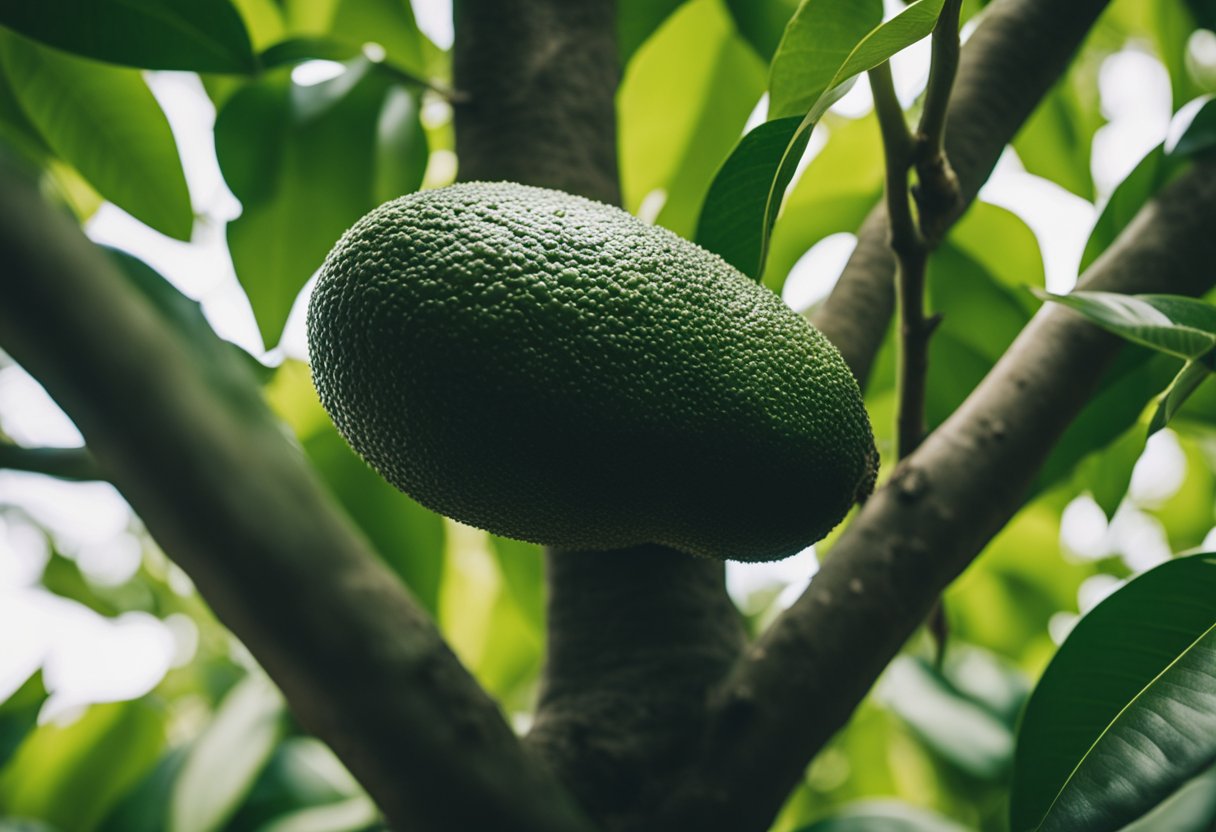
The maximum height and average spread of avocado trees can vary depending on a number of factors, including the specific variety, growing conditions, and maintenance practices. However, there are some general guidelines that can help you understand what to expect from your avocado tree. By learning about the typical growth patterns and requirements of these trees, you can better plan for their care and maintenance.
Key Takeaways:
- Avocado trees can grow up to 80 feet tall, but some varieties may only reach 10 feet in height.
- The average spread of an avocado tree can range from 25 to 35 feet, depending on the variety and growing conditions.
- To maintain the size and shape of your avocado tree, regular pruning and maintenance are essential.
Avocado Tree Basics
Avocado trees are a popular fruit tree that is commonly grown in warm climates around the world. They are known for their delicious and nutritious fruit, and their ability to provide shade and beauty to your garden or landscape. In this section, I will discuss the basics of avocado tree growth, including species variations and typical growth patterns.
Species Variations
There are several species of avocado trees, each with its own unique characteristics. Some of the most common species include Hass, Fuerte, Reed, and Bacon. The Hass avocado tree is the most popular variety and is known for its excellent flavor and texture. The Fuerte avocado tree is another popular variety that is known for its large size and high yield. The Reed avocado tree is a relatively new variety that is becoming more popular due to its large size and excellent flavor.
Typical Growth Patterns
Avocado trees are known for their large size and wide canopy. On average, mature avocado trees can reach a height of 30-40 feet, with a spread of around 25-30 feet. However, some varieties of avocado trees can grow even taller, reaching heights of over 60 feet in the wild. These trees are usually found in tropical regions and have adapted to grow tall in order to compete with other trees for sunlight.
Pruning is routinely used by commercial orchards to help manage the size of avocado trees, with pruning carried out at the start of the calendar year, January until April. This helps to keep the tree at a manageable size and promotes healthy growth. It is important to note that avocado trees require a lot of space to grow, so they should be planted at least 20-30 feet apart from each other.
Avocado trees are a great addition to any garden or landscape. With their delicious fruit and beautiful appearance, they are sure to be a hit with both you and your guests. By understanding the basics of avocado tree growth, you can ensure that your trees are healthy and thriving for years to come.
Maximum Height of Avocado Trees
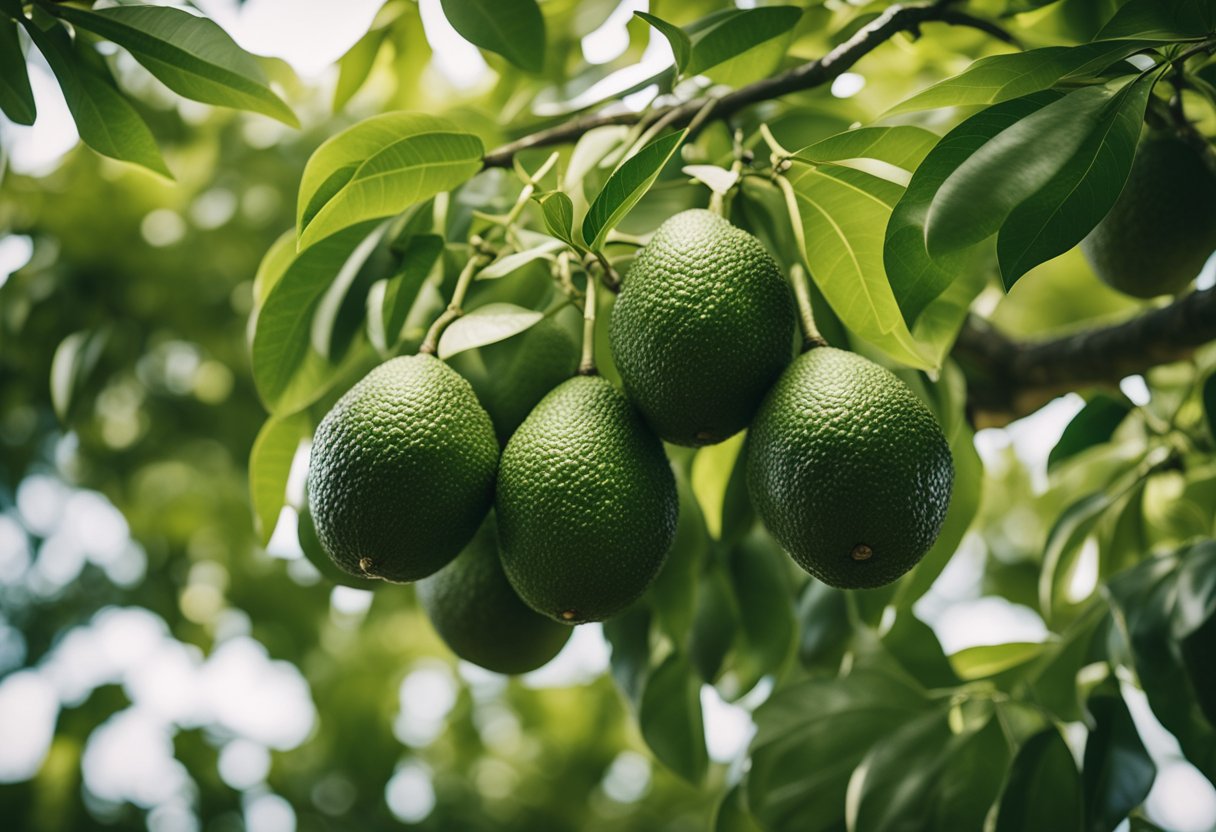
Avocado trees can grow to impressive heights, with some varieties reaching up to 60 feet tall in the wild. However, the average height of a mature avocado tree is between 30-40 feet, with a spread of around 25-30 feet.
Factors Affecting Tree Height
Several factors can affect the height of an avocado tree, including genetics, age, growing conditions, and pruning.
Genetics play a significant role in determining the height of an avocado tree. Some varieties are naturally taller than others, and even within the same variety, there can be variations in height.
Age is another factor that can influence tree height. Young trees tend to grow faster and taller than mature trees. As avocado trees age, they may slow down their growth rate and become shorter.
Growing conditions can also impact the height of an avocado tree. Trees grown in ideal conditions, such as in well-draining soil, with adequate water and nutrients, and in a warm climate, are likely to grow taller than trees grown in less optimal conditions.
Finally, pruning can be used to manage the height of an avocado tree. Regular pruning can help control the tree’s size and shape, making it easier to harvest the fruit. Pruning should be carried out at the start of the calendar year, from January until April.
While avocado trees can grow to impressive heights, the average height of a mature avocado tree is between 30-40 feet. Several factors, including genetics, age, growing conditions, and pruning, can affect the height of an avocado tree.
Average Spread of Avocado Trees
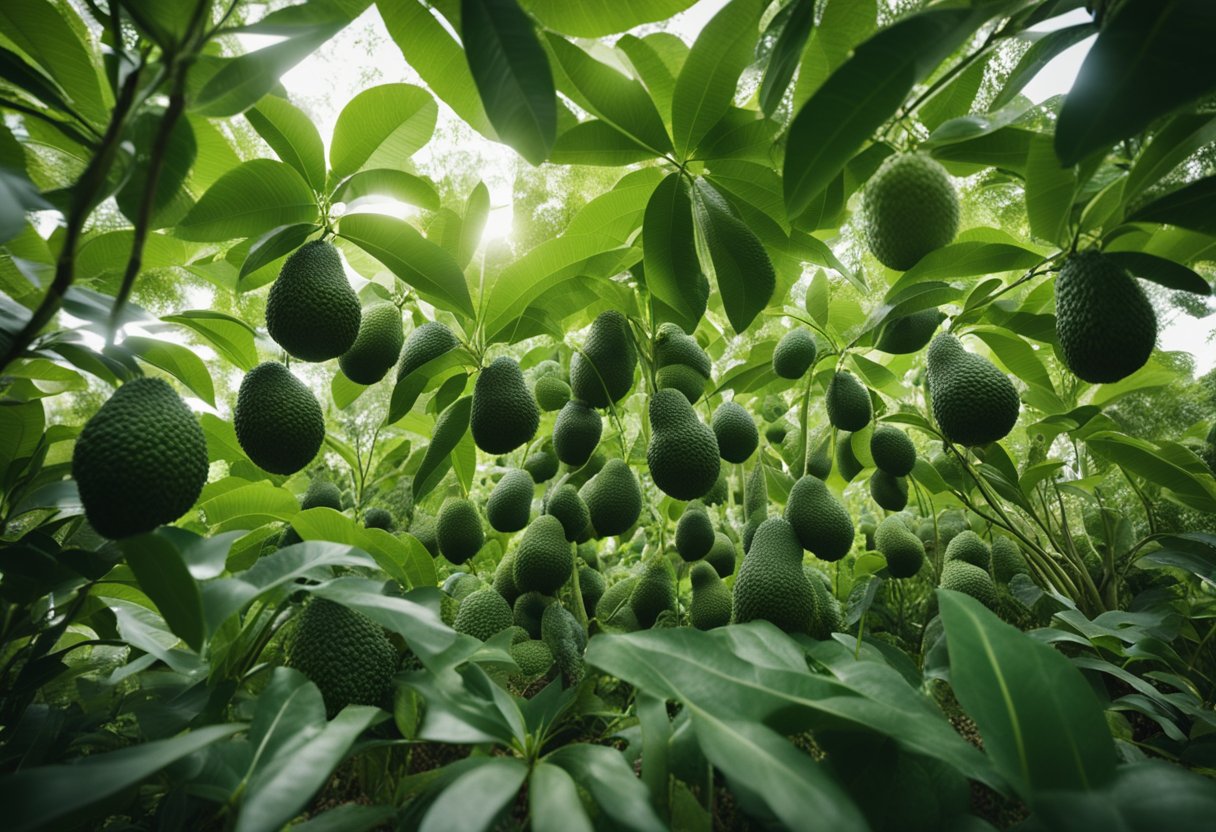
When it comes to avocado trees, the spread of the canopy is just as important as its height. The canopy spread is the horizontal distance that the branches of the tree extend from the trunk. It is important to consider the canopy width when planting avocado trees, as they require a lot of space to grow and thrive.
Canopy Width Considerations
According to my research, the average spread of mature avocado trees is around 25-30 feet. However, this can vary depending on the specific variety of avocado tree. For example, a Hass avocado canopy can spread 25 to 35 feet wide, despite its average growth height of 30 to 40 feet.
It is important to keep the canopy width in mind when planting avocado trees. Planting them too close together can result in limited sunlight and airflow, which can lead to disease and decreased fruit production. As a general rule of thumb, avocado trees should be planted at least 20-30 feet apart to allow for adequate canopy spread.
Pruning is also important to manage the size of avocado trees, with pruning carried out at the start of the calendar year, January until April. This can help to control the canopy width and maintain the health of the tree.
The average spread of mature avocado trees is around 25-30 feet, but this can vary depending on the specific variety of avocado tree. It is important to consider the canopy width when planting avocado trees to ensure they have enough space to grow and thrive. Pruning can also be used to manage the size of the tree and maintain its health.
Growth Rate and Maturation
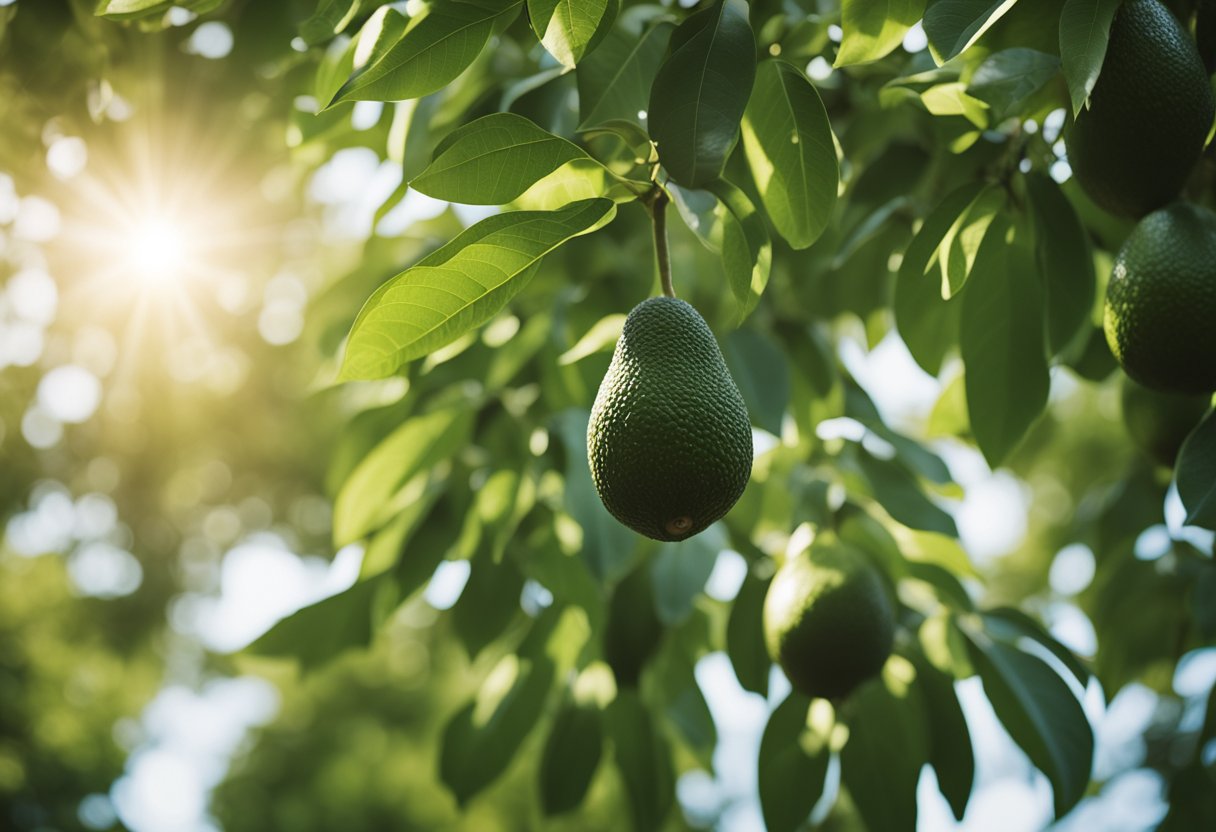
Avocado trees are known for their slow growth rate, taking several years to reach maturity. However, once they reach maturity, they can produce a significant amount of fruit each year.
Time to Reach Full Size
On average, it takes an avocado tree around 5-7 years to reach full size, with a height of 30-40 feet and a spread of 25-30 feet. However, some varieties of avocado trees can take up to 10 years to reach full size.
It’s important to note that avocado trees can be pruned to manage their size, which is commonly done by commercial orchards. Pruning is typically carried out at the start of the calendar year, from January until April.
In addition to pruning, the growth rate and maturation of avocado trees can be affected by various factors such as soil quality, temperature, and water availability. Avocado trees thrive in warm, subtropical climates and require well-draining soil.
It’s important to be patient when growing avocado trees as they have a slow growth rate. However, with proper care and maintenance, they can reach full size and produce a bountiful harvest of delicious avocados.
Cultivation and Location
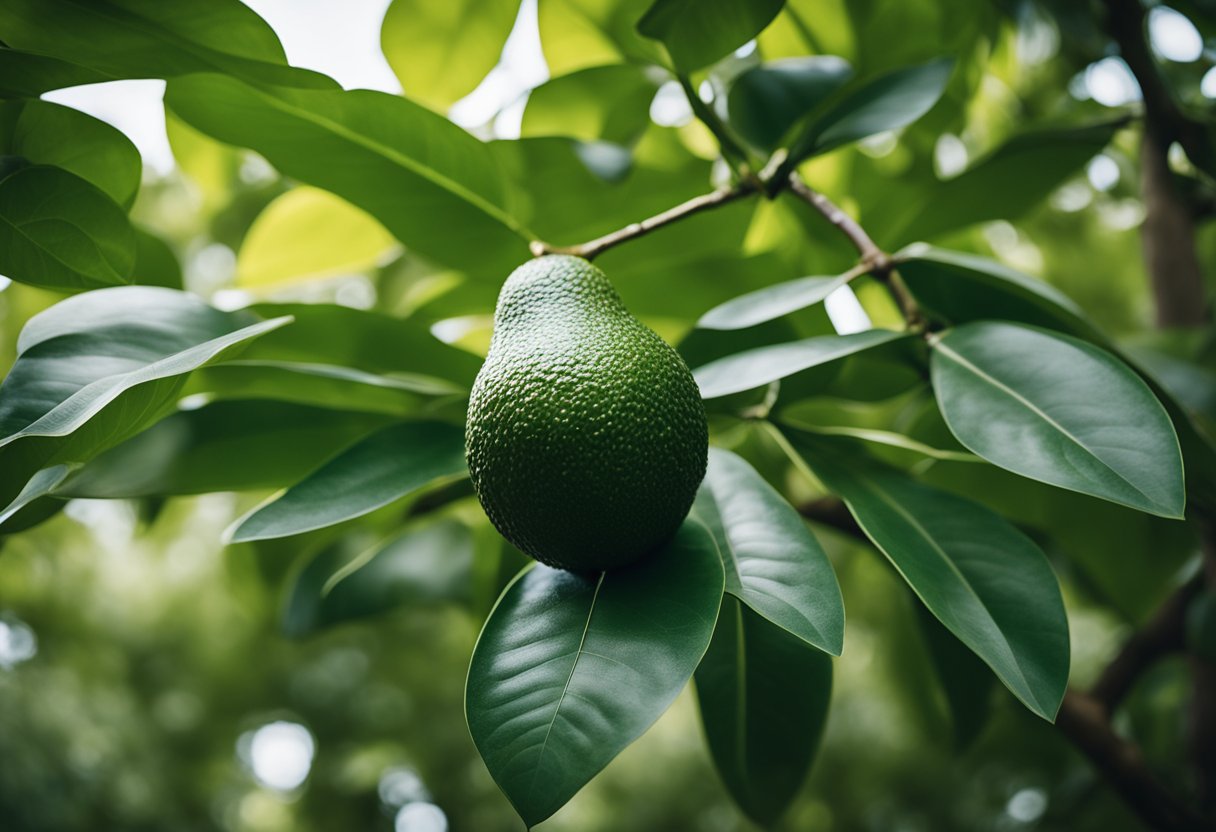
When it comes to growing avocado trees, it is essential to select the right location that meets the ideal growing conditions. With the right growing conditions, avocado trees can grow up to 40 feet tall with a spread of 25 to 35 feet. Here are some factors to consider when selecting the ideal location for your avocado tree.
Ideal Growing Conditions
Avocado trees thrive in warm climates, and they prefer a temperature range of 60 to 85 degrees Fahrenheit. They require well-draining soil with a pH level of 6 to 7.5. The trees also need plenty of sunlight, and they can tolerate partial shade.
It is also important to note that avocado trees are sensitive to frost, so they should be planted in areas that do not experience frost. If you live in an area that experiences frost, you can protect your tree by covering it with a blanket or burlap during the winter months.
Geographical Impact on Growth
The geographical location of your avocado tree can also impact its growth. For instance, avocado trees planted in coastal regions tend to grow taller than those planted inland. This is because coastal regions have a milder climate that is conducive to avocado tree growth.
In addition, avocado trees planted in areas with high winds tend to grow shorter and wider. This is because the wind can damage the tree’s branches, which can cause it to grow wider instead of taller.
Selecting the right location for your avocado tree is crucial for its growth and development. By considering the ideal growing conditions and the geographical impact on growth, you can ensure that your avocado tree grows to its full potential.
Pruning and Maintenance
As avocado trees can grow quite large, pruning is an important aspect of their maintenance. Pruning helps to control the size of the tree, promote healthy growth, and ensure a good yield of fruit. There are two main reasons for pruning avocado trees: size control and health/growth management.
Pruning for Size Control
Avocado trees can grow up to 60 feet tall in the wild, but in cultivation, they are usually kept to a more manageable size of around 30-40 feet. Pruning is an effective way to control the size of the tree and keep it at a height that is easy to manage. Pruning is typically carried out at the start of the calendar year, from January until April.
Commercial orchards often use pruning to manage the size of avocado trees. They prune the trees to create a more open canopy, which allows for better light penetration and air circulation. This, in turn, promotes healthy growth and good fruit production. Pruning also helps to prevent the tree from becoming too dense and encourages the growth of strong branches.
Health and Growth Management
Pruning is also important for the health and growth management of avocado trees. Regular pruning helps to remove dead or diseased wood, which can harbor pests and diseases. It also helps to promote new growth, which can improve the overall health of the tree.
When pruning avocado trees, it is important to use clean, sharp tools and to make clean cuts. This helps to prevent the spread of disease and promotes faster healing. It is also important to prune the tree at the right time of year, as pruning at the wrong time can damage the tree and reduce fruit production.
In addition to pruning, avocado trees require regular maintenance such as watering, fertilizing, and pest control. With proper care and maintenance, avocado trees can provide a bountiful harvest of delicious fruit year after year.
Common Challenges in Growing Avocado Trees
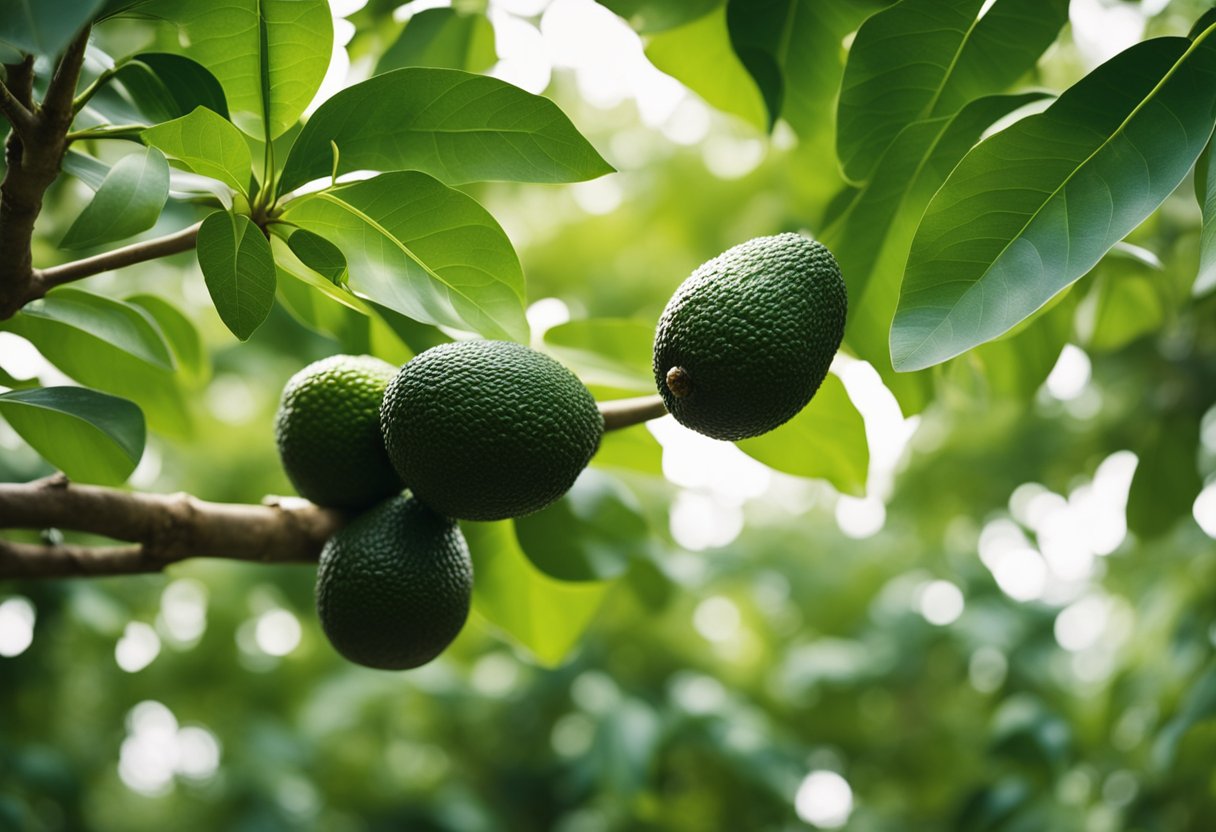
Growing avocado trees can be a rewarding experience, but it also comes with its own set of challenges. In this section, I will discuss some of the common challenges that avocado growers face and how to overcome them.
Pests and Diseases
Avocado trees are susceptible to a variety of pests and diseases that can affect their growth and productivity. Some of the most common pests that affect avocado trees include:
- Avocado Lace Bug: This pest feeds on the leaves of the tree, causing them to turn yellow and fall off. To control this pest, you can use insecticides or natural predators such as ladybugs and lacewings.
- Thrips: These tiny insects feed on the leaves and fruit of the tree, causing damage to the tree’s growth and yield. To control thrips, you can use insecticidal soap or neem oil.
- Spider Mites: These pests feed on the leaves of the tree, causing them to turn yellow and fall off. To control spider mites, you can use insecticidal soap or neem oil.
Avocado trees are also susceptible to a variety of diseases, including:
- Phytophthora Root Rot: This disease is caused by a fungus that attacks the roots of the tree, causing them to rot and the tree to die. To prevent this disease, you should avoid overwatering the tree and ensure that the soil has good drainage.
- Anthracnose: This disease is caused by a fungus that attacks the fruit and leaves of the tree, causing them to rot. To prevent this disease, you should avoid overhead watering and ensure that the tree has good air circulation.
Environmental Stress Factors
Avocado trees are also sensitive to environmental stress factors such as:
- Frost: Frost can damage the leaves and fruit of the tree, causing them to die. To protect the tree from frost, you can cover it with a blanket or tarp.
- Drought: Avocado trees require regular watering to thrive. If the tree is not watered regularly, it can become stressed and its growth and yield can be affected. To prevent drought stress, you should water the tree regularly and ensure that the soil has good drainage.
- Heat Stress: Avocado trees are sensitive to high temperatures. If the tree is exposed to high temperatures for an extended period of time, its growth and yield can be affected. To prevent heat stress, you should provide the tree with shade during the hottest parts of the day.
Harvesting and Yield
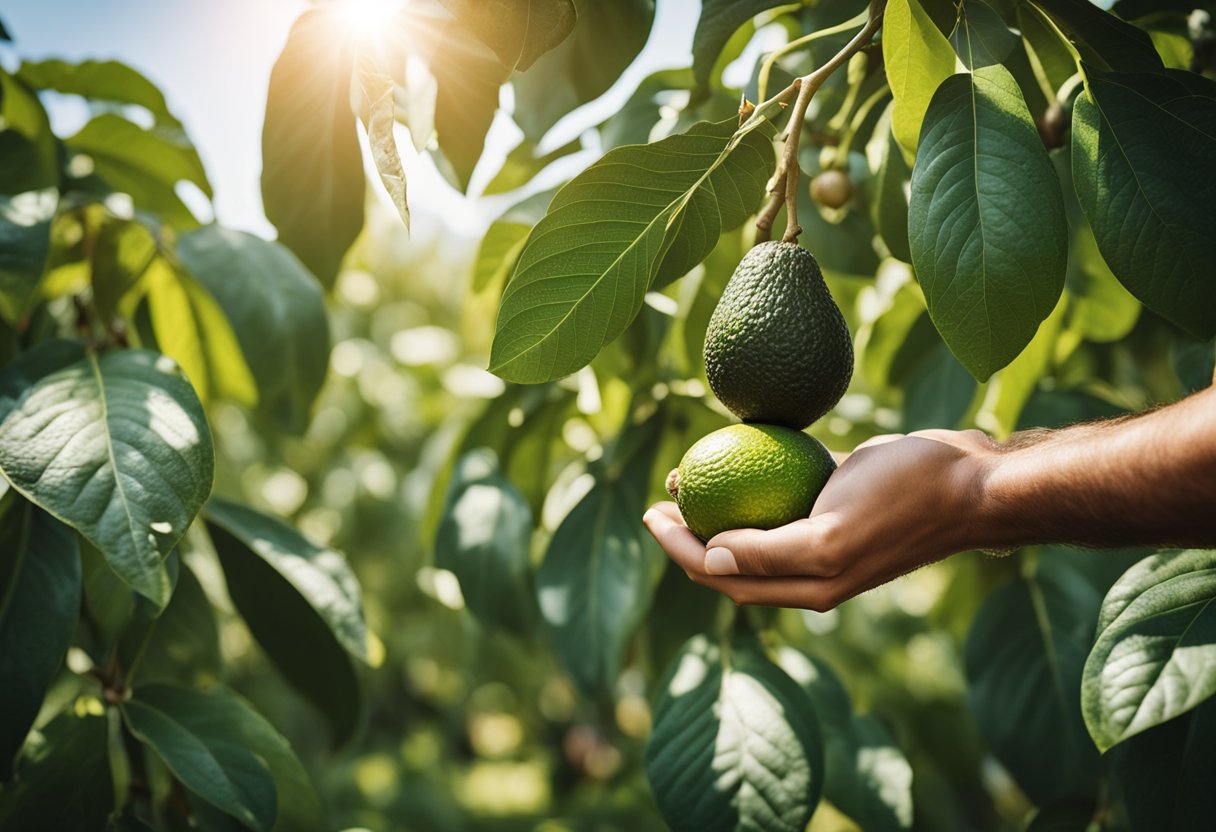
As an avocado tree matures, its yield increases. A mature avocado tree can produce up to 200 to 300 avocados per year. The fruit production timeline varies depending on the variety of the avocado tree. However, most avocado trees produce fruit in the late winter and early spring.
Fruit Production Timeline
The fruit production timeline of an avocado tree is dependent on the variety of the tree. For example, Hass avocado trees typically produce fruit in late winter and early spring. On the other hand, Reed avocado trees produce fruit in the summer. Once the fruit is mature, it can be harvested.
Maximizing Harvest Potential
To maximize the harvest potential of an avocado tree, you should ensure that the tree is healthy and properly maintained. Pruning and fertilizing the tree can help increase the yield. Additionally, harvesting the fruit at the right time can also help maximize the harvest potential.
When harvesting the fruit, it is important to pick the fruit when it is mature but not overripe. Overripe fruit can lead to a decrease in the yield of the tree. It is also important to handle the fruit with care to prevent damage to the fruit and the tree.
With proper care and maintenance, an avocado tree can produce a significant yield of fruit.
Lifespan of Avocado Trees
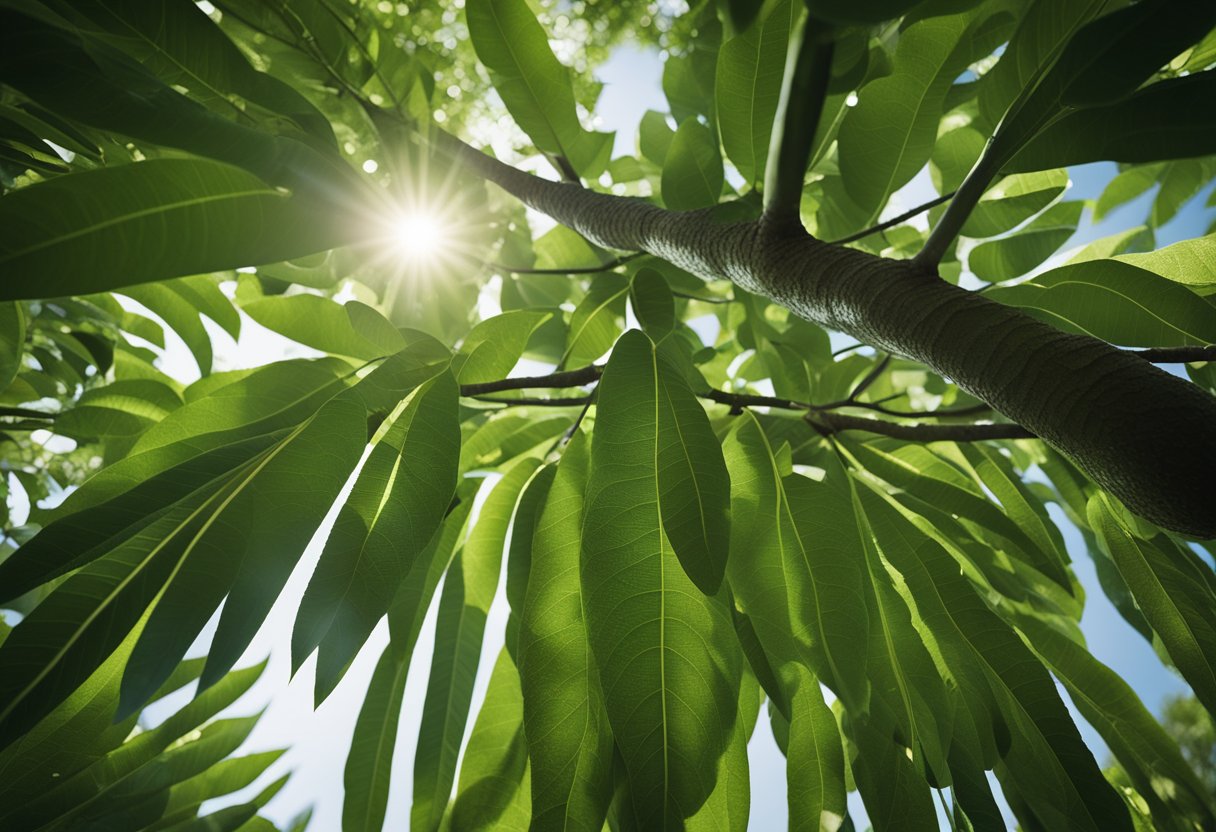
Longevity and Productivity
Avocado trees are long-lived, evergreen trees that can live for several decades. The lifespan of an avocado tree depends on various factors such as the variety of the tree, growing conditions, and maintenance practices.
In general, avocado trees can live for up to 50 years or more if they are well cared for. However, the productivity of the tree declines as it ages. This means that older trees may produce fewer fruits compared to younger trees.
To ensure the longevity and productivity of avocado trees, it is important to provide them with proper care and maintenance. This includes regular watering, fertilization, and pruning. Pruning helps to remove dead or diseased branches and promote the growth of new shoots.
According to my research, the lifespan of avocado trees can be extended by grafting. Grafting is a technique used to join two different plants together to create a single plant. This technique can be used to create new avocado trees that are more productive and disease-resistant.
Avocado trees are long-lived and can live for several decades if they are well cared for. The productivity of the tree declines as it ages, but this can be mitigated through proper care and maintenance. Grafting is a technique that can be used to extend the lifespan of avocado trees and improve their productivity.
Landscaping with Avocado Trees
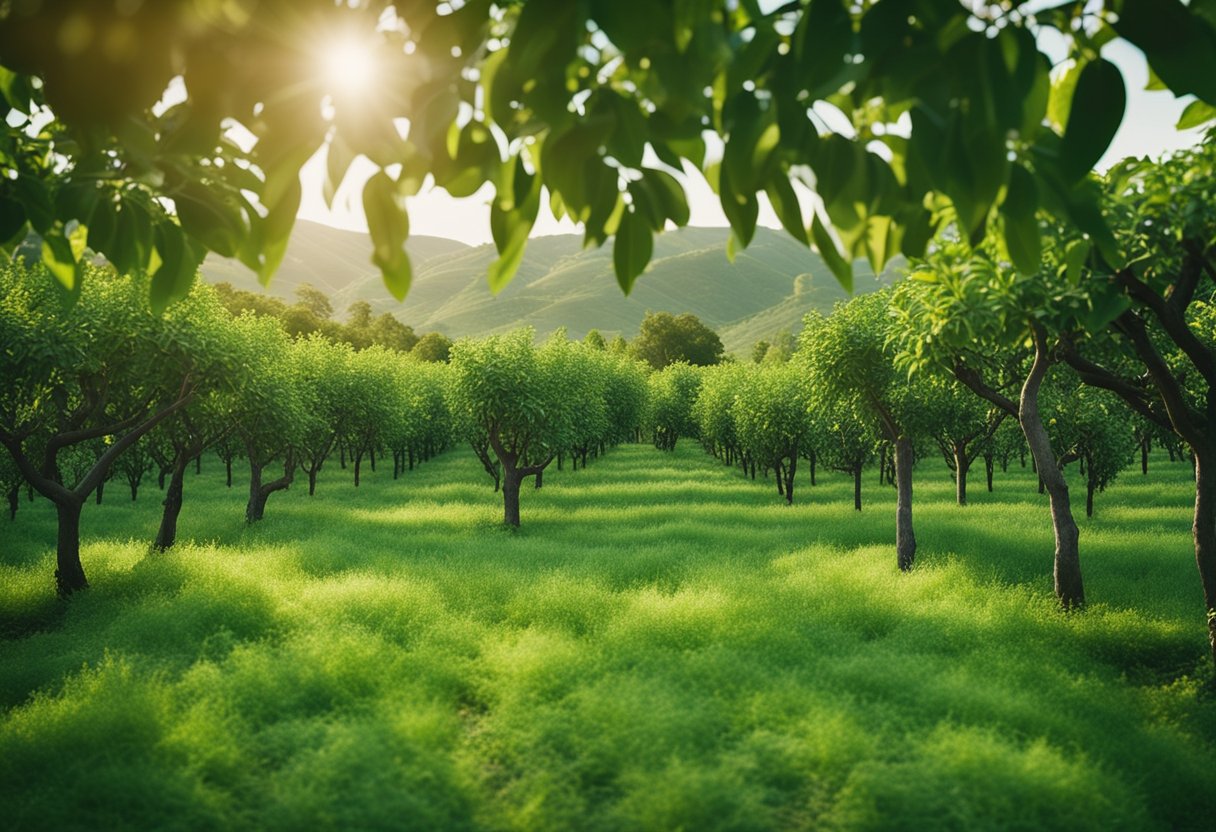
As a landscaping plant, avocado trees can add both aesthetic and practical value to a property. Here are some considerations to keep in mind when landscaping with avocado trees.
Aesthetic and Space Considerations
Avocado trees can be a beautiful addition to any landscape, with their lush green foliage and interesting branching structure. However, it is important to consider the space requirements of these trees when planning your landscaping. Avocado trees can grow quite large, with mature trees reaching heights of 30-40 feet and spreads of around 25-30 feet. Some varieties can grow even taller, reaching heights of over 60 feet in the wild. As such, it is important to ensure that you have enough space to accommodate the tree’s mature size.
In addition to space considerations, it is also important to consider the aesthetic impact of avocado trees in your landscape design. Because of their size, avocado trees can be used as a focal point in a garden, or as a backdrop to other plants. Their lush foliage can also provide a beautiful contrast to other plants with different textures or colors.
When planting avocado trees, it is important to ensure that they have enough room to grow, with adequate spacing between trees. This will help to prevent overcrowding and ensure that each tree has enough space to grow and thrive. It is also important to consider the soil and water requirements of avocado trees, as they prefer well-draining soil and regular watering.
Avocado trees can be a beautiful and practical addition to any landscape design. With careful planning and consideration of their space and aesthetic requirements, they can provide a beautiful focal point and add value to your property.
FAQs – How Big Do Avocado Trees Grow
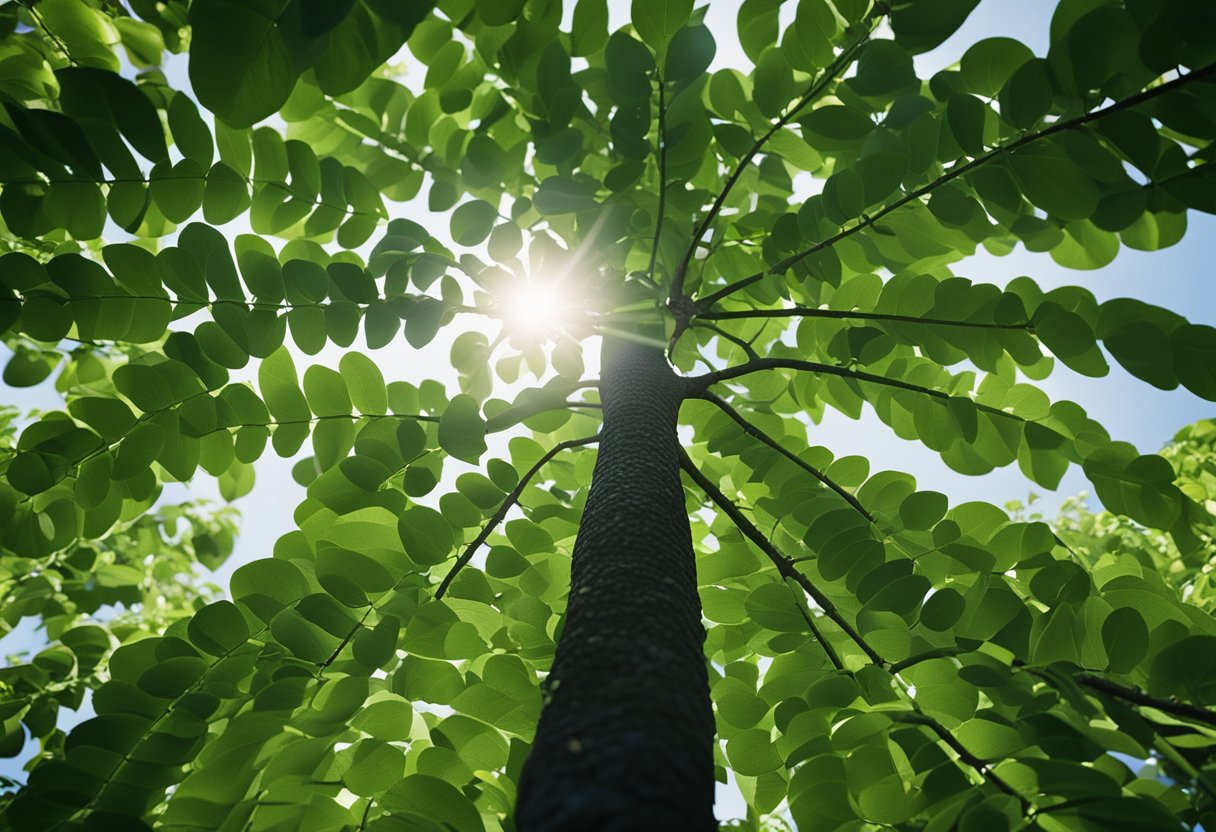
What is the typical height and spread of a Hass avocado tree at maturity?
At maturity, a Hass avocado tree can grow up to 30-40 feet tall and 25-35 feet wide. However, pruning is often used by commercial orchards to manage the size of avocado trees.
How quickly can one expect an avocado tree to reach full size?
Avocado trees can take anywhere from 5 to 13 years to reach full size, depending on the variety and growing conditions.
What are the size differences between standard and dwarf avocado tree varieties?
Standard avocado trees can grow up to 18-25+ feet tall and wide, while dwarf avocado trees typically grow up to 10-12 feet tall and wide. However, dwarf trees may produce smaller fruit than standard trees.
What are the necessary conditions for an avocado tree to start producing fruit?
Avocado trees need well-draining soil, plenty of sunlight, and regular watering to produce fruit. They also require cross-pollination from another avocado tree or pollinator.
How close to a structure can you safely plant an avocado tree?
It is recommended to plant avocado trees at least 20 feet away from any structure, such as a house or fence, to prevent damage from the tree’s roots and branches.
Is it possible to maintain an avocado tree at a smaller size through pruning or other methods?
Yes, avocado trees can be pruned to maintain a smaller size and shape. However, it is important to prune correctly to avoid damaging the tree and reducing fruit production.